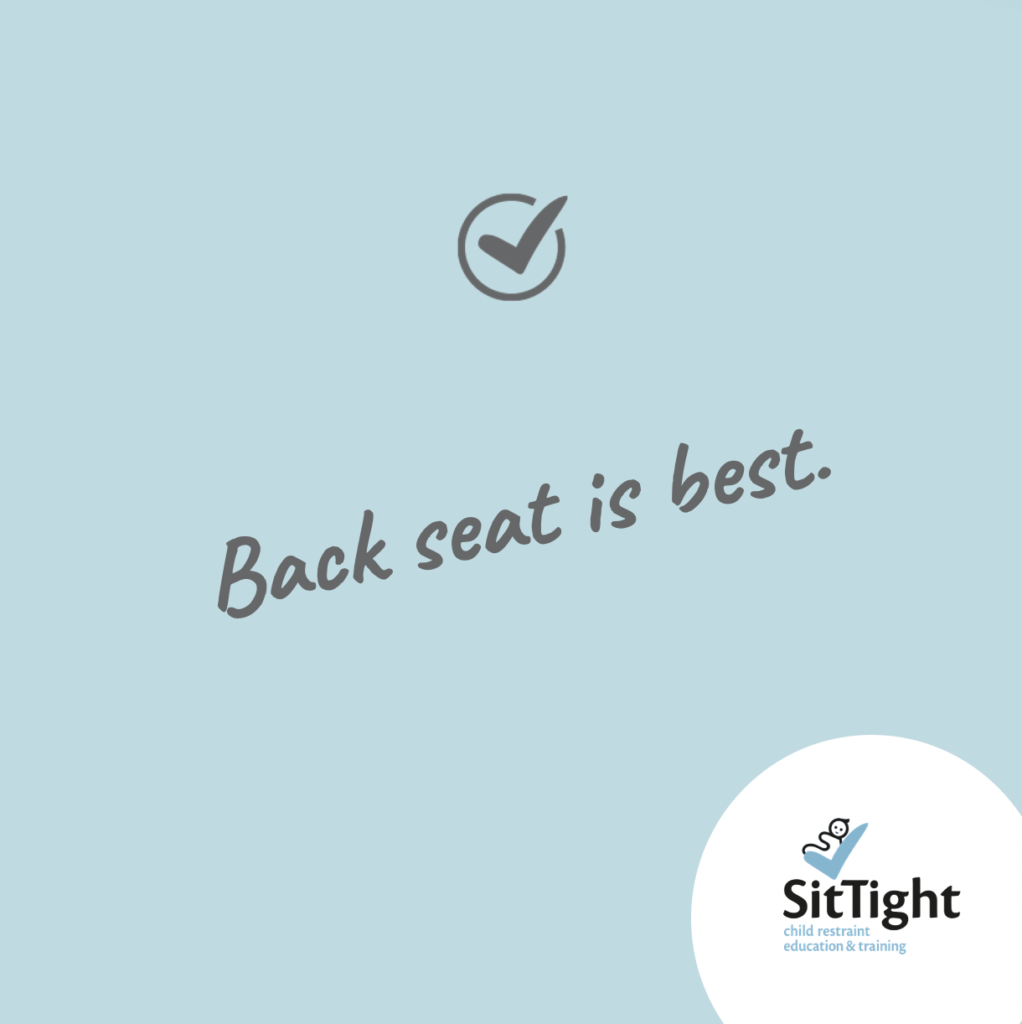
You may hear people say, “back seat is best” when referring to where children should travel in a vehicle. But rather than take this without question, it’s a good idea to understand why this is recommended.
When deciding where a child should sit, it’s best to always be thinking about positioning them as far away from the areas of the vehicle that are most likely to be impacted in a crash.
Statistics tell us that frontal crashes are one of the most common types of collision. These are crashes that take place at the front of the vehicle. Therefore, in the first instance, seating a child in the back keeps them away from this point of danger. By keeping them away from this common crash point, the intention is to reduce their risk of injury.
Back Seat is Best – Centre Rear is Safest
If we follow this logic even further, it leads to the centre back seat being considered the “safest” place in the vehicle. Why is this the case? Because it is the position which is farthest from ANY crash point on the vehicle.
When installing child restraints, it’s important to know that there are often reasons why these can’t be installed in the centre back seat. If you plan to install your child restraint in this position, check the restraint’s instruction manual to make sure you can do so in line with its manufacturer’s instructions, and your vehicle manual to check any guidelines or rules regarding child restraint installation.
Below, we have listed some common reasons why you would be restricted from installing a child restraint in the centre rear.
Back Seat is Best – Risk from Frontal Airbags
Frontal airbags also add significant risk to children travelling in the front seat and give another explanation as to why the back seat is best.
Frontal airbags are often located in the dashboard of the vehicle and, in a crash, these are inflated by a small explosive device. An airbag will inflate at a speed between 160 and 320km/h and will take less than 3/10ths of a second to do so. This is a significant force.
If you have an active airbag in the front seat it is illegal to position a REAR FACING child restraint in this seat.
When a frontal airbag impacts against a rear-facing infant/toddler car seat, the child restraint is forced against the vehicle seat back with the child trapped between the child restraint and the seat back. This poses a significant risk of severe injury, or worse, for the child.
If there is no active frontal airbag in a vehicle, or there is one but it has been temporarily deactivated, only then is it permitted to install a rear facing restraint on the front seat. It is not recommended but it is possible to do so if there are no other seating positions available.
It is legal to install a forward-facing child restraint in the front seat if there is an airbag present. Again, it is strongly advised not to do so, but there is no law that restricts it. Check your child restraint’s instruction manual to ensure the manufacturer allows the child restraint to be installed in the front seat.
Remember, back seat is best.
Reasons for Not Installing in the Centre Rear Seat
We explained above that the centre rear seat is considered the “safest” position in the vehicle. It is important to understand that there are a few reasons why you may not be able to install a child restraint in the centre of the back seat. The most common reasons are:
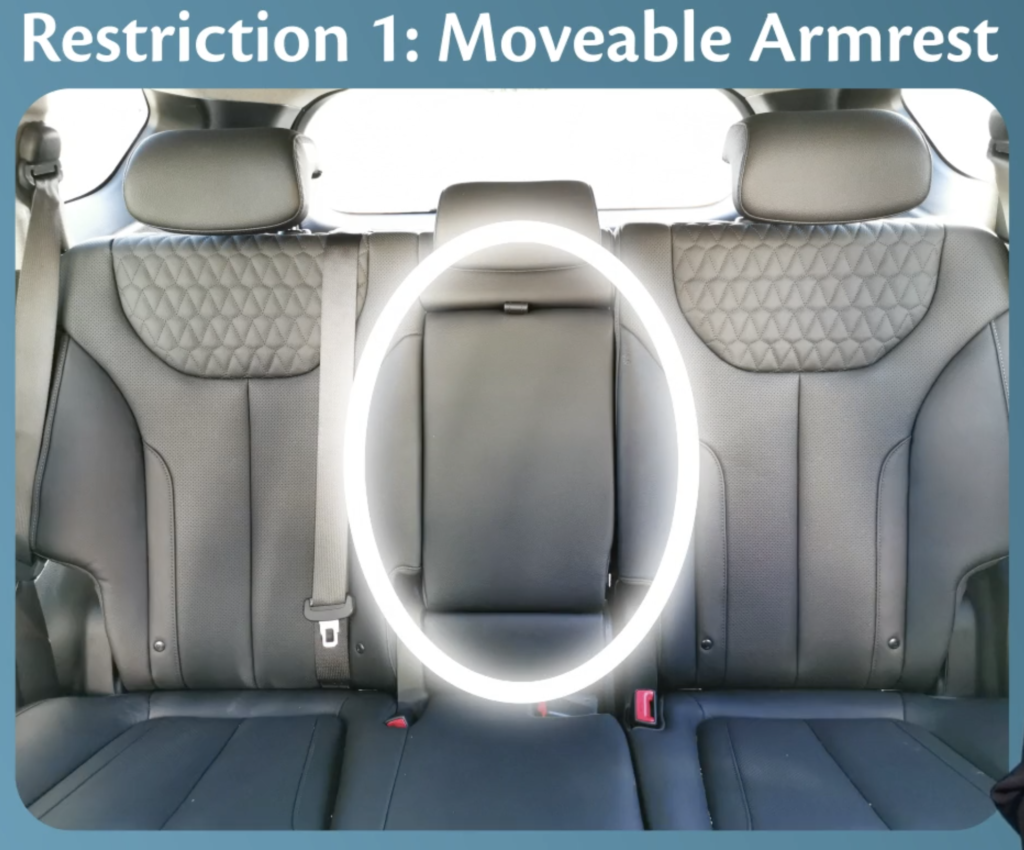
Moveable Armrests: These are often stored in the middle of the back seat and can be moved down into position. If this armrest can move out of its stored position when a rear-facing restraint is installed against it, this is considered a hazard and therefore the restraint cannot be installed in this position.
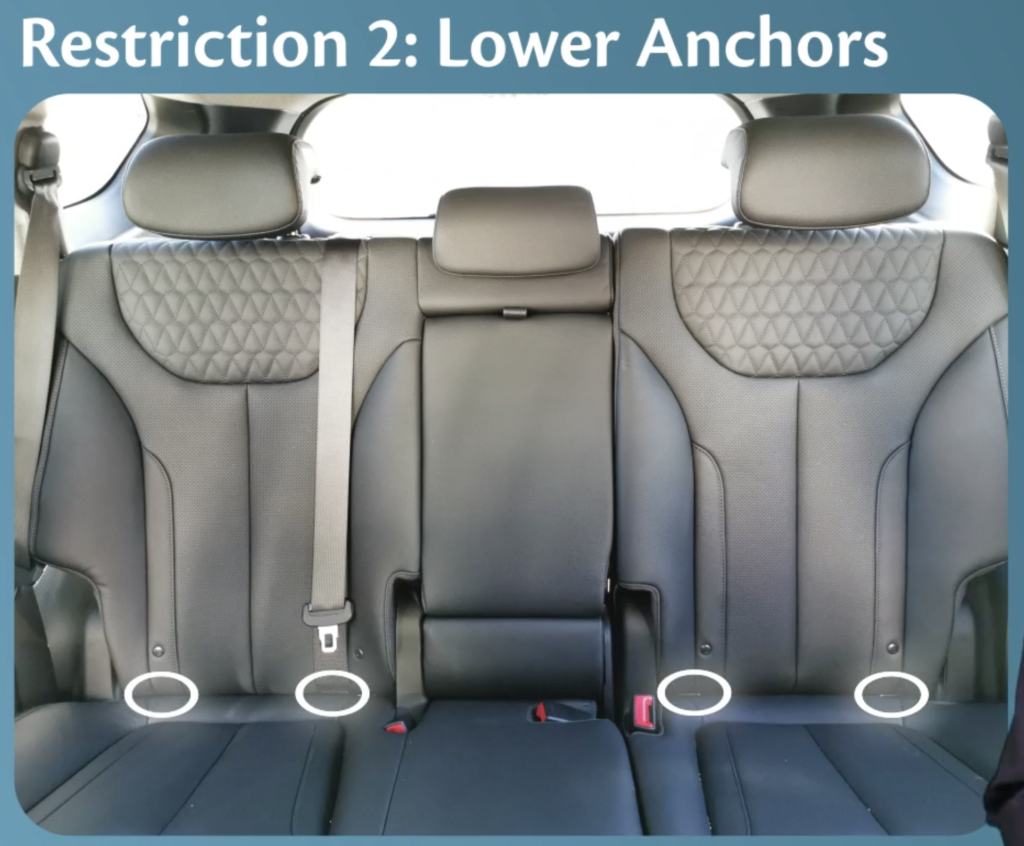
Lower Anchors: If the child restraint is to be installed using ISOFIX or LATCH, by connecting the child restraint to the vehicle’s lower anchors, you are unlikely to be able to do this in the middle of the back seat. Lower anchors are most commonly found only on the two outer rear seats, they are not often found in the centre rear. Unless there are lower anchors positioned specifically for the middle seat to use, you are unable to use the side seats’ lower anchors for the middle seat. To install using ISOFIX or LATCH you will most often have to do this on one of the side seats.
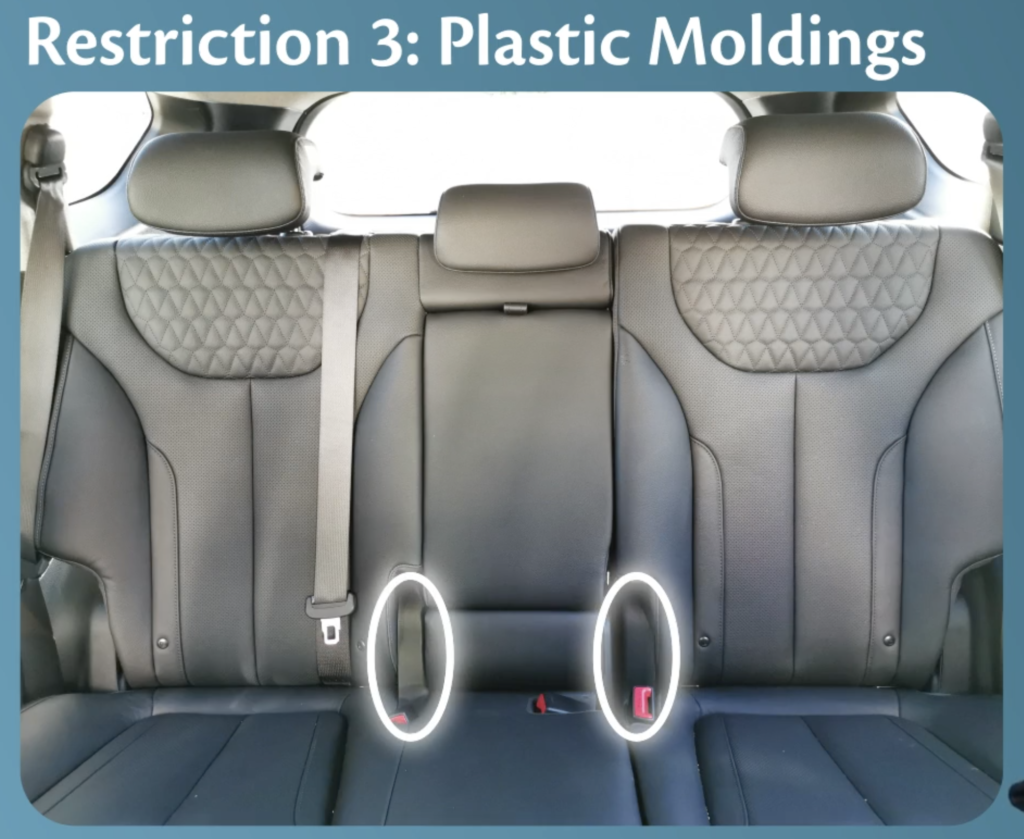
Plastic Moldings: From time to time you will come across back seats which have a plastic molding in the centre of the backrest, where the vehicle seat base meets the back. These can make it very difficult to get a child restraint secure when installing a rear-facing restraint as there is nothing with “give” for the restraint to be installed against. In this case you may not be able to get a secure installation and will therefore have to use one of the outer back seats.
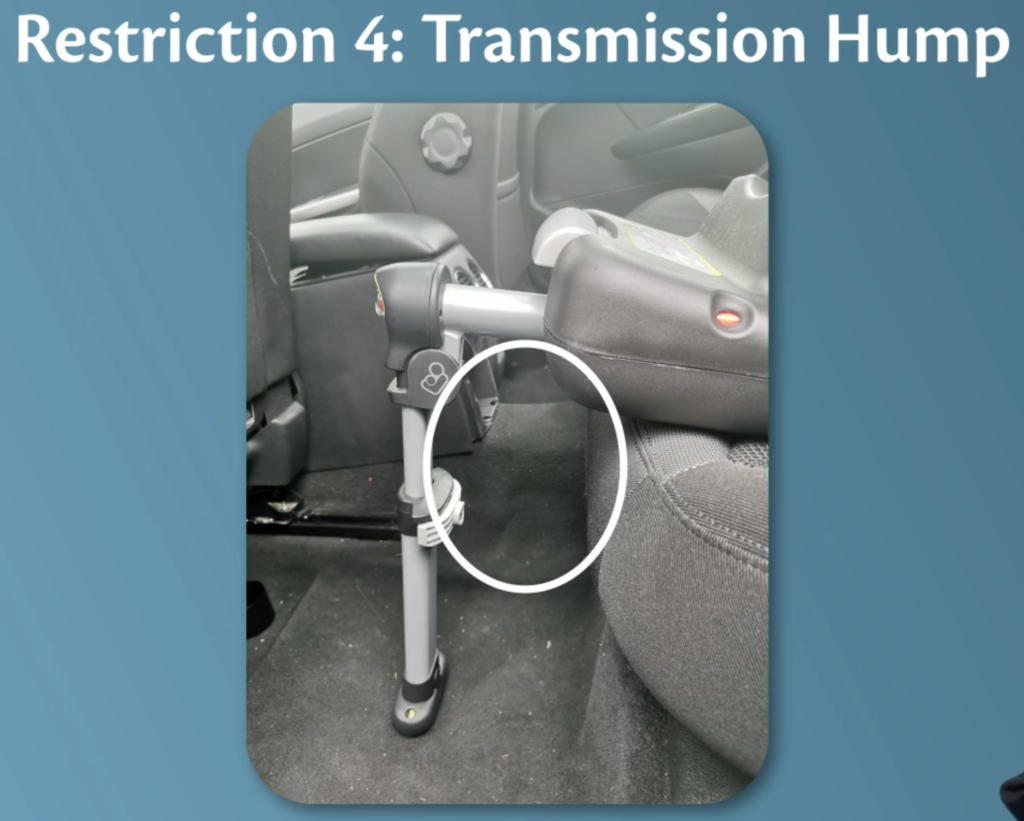
Transmission Hump: If you have a European standard capsule and base, you will find that the base has a “load leg” which drops down and sits against the floor of the vehicle. A load leg MUST sit on a flat and solid part of the vehicle floor. On the floor in the centre of the back seat, you will often find a raised part which covers the transmission shaft. A load leg must NEVER be positioned on this transmission hump. If your vehicle has this hump in the middle of the back seat, you cannot install a capsule base with a load leg in this position.
Back seat is best.
When seating a child, or installing a child restraint, keep in mind how close your smallest passengers are to parts of the vehicle which, in a crash, are most often hit. By seating them away from these areas, you are helping to give them the most protection you can.
You’re always welcome to make contact with us at SitTight to ask questions about the correct, safe and legal use of child restraints. Or you can follow us on Facebook or Instagram.